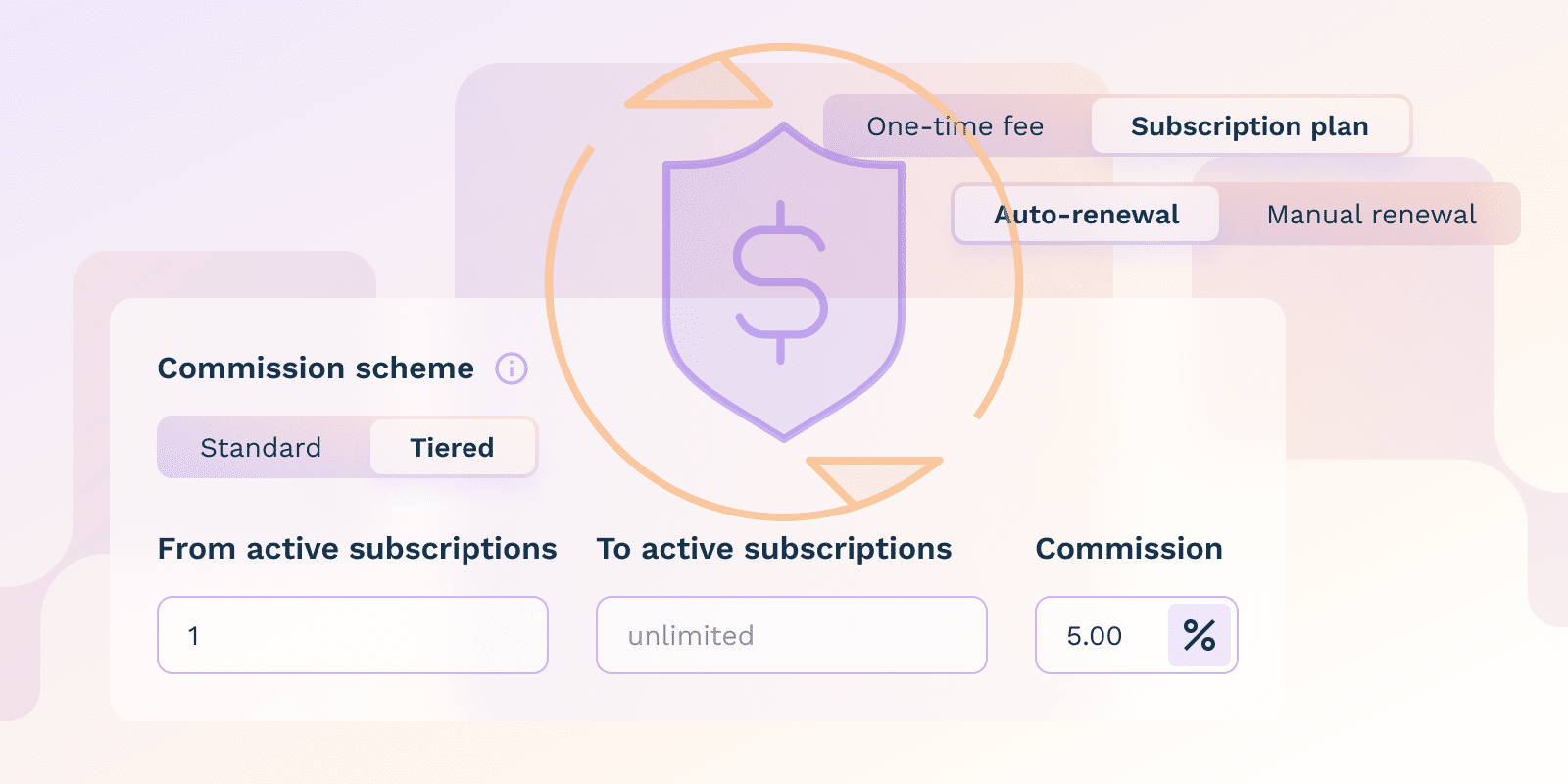Revenue Models
What are SaaS Revenue Models?

What are SaaS revenue models?
Revenue models are different strategies SaaS businesses implement to gain revenue from their customers.
Deciding on the right revenue model for your product has a direct impact on your company’s long-term profitability.
What is a subscription-based revenue model?
The subscription business model is a revenue model where users are charged a recurring fee on a monthly or annual basis to gain access to the software. It is an alternative choice for SaaS products with ongoing usage patterns like CRM software or product management platforms.
This model is a popular choice within the SaaS landscape as it creates predictable revenue streams and helps in forecasting income.
How does usage-based pricing differ from flat-fee pricing?
Here are the differences between usage-based and flat-free pricing strategies:
- Usage-based pricing: Users pay a fee that reflects their consumption pattern of a specific software. SaaS businesses charge based on different indicators, like the number of transactions, storage space, or API calls.
- Flat-fee pricing: Customers are charged a fixed price for a specific set of features, regardless of their usage level.
| Aspect | Usage-Based Pricing | Flat-Fee Pricing |
|---|---|---|
| Pricing Structure | ||
| Pricing Mechanism | Based on actual consumption | Fixed price regardless of usage |
| Typical Billing Indicators | Transactions, API calls, storage space | Predetermined feature set |
| Financial Implications | ||
| Revenue Predictability | Variable, depends on usage | Consistent, stable income |
| Customer Cost Perception | Pay-for-what-you-use | Predictable fixed cost |
| Customer Suitability | ||
| Best For | Varying usage patterns | Consistent usage requirements |
| Customer Preference | Flexibility-seeking customers | Budget-predictability seekers |
If you prioritize revenue predictability over matching costs with usage, flat-fee pricing is a more suitable option for your SaaS product.
When is it suitable to adopt a freemium pricing strategy?
Here are three instances when the freemium pricing strategy can be applied:
- Your focus is on market expansion. If you are looking to gain a wider audience, freemium pricing can be an option. Offering a free plan with a basic set of features and several paid subscription offers is a method of targeting different customer segments.
- Your product quickly delivers value: Customers are introduced to the software benefits early on in the process.
- You can manage free users: Your SaaS business has the resources to effectively support both free and paying subscribers.
Make sure your platform has specific upgrade stages based on features or usage.
What are the implications of implementing multi-tiered pricing?
The multi-tiered strategy refers to offering customers multiple pricing plans differing in terms of features or usage level. When implementing this monetization model, you need to consider the following implications:
- Audience: You need to be mindful of the feature requirements and usage patterns your users have to determine the correct packages.
- Upgrade potential: Identify the different upgrading opportunities your product offers and communicate them clearly to your users.
- Cannibalization: Ensure that your pricing tiers are not too close to each other in value, as this might impact revenue generation. Users might choose a lower-priced plan than one that suits them in terms of product value.
How can revenue models impact SaaS customer acquisition and retention?
The revenue model you choose for your SaaS business can impact user acquisition and retention in the following ways:
- Acquisition: Low-entry barrier revenue models like the freemium strategy can influence different user segments.
- Retention: While usage-based models can discourage users due to cost unpredictability, subscription models can increase user loyalty.
Conclusion
SaaS revenue models are key to ensuring business long-term profitability. It is important to understand both your customer and product to choose an appropriate model for your SaaS company.